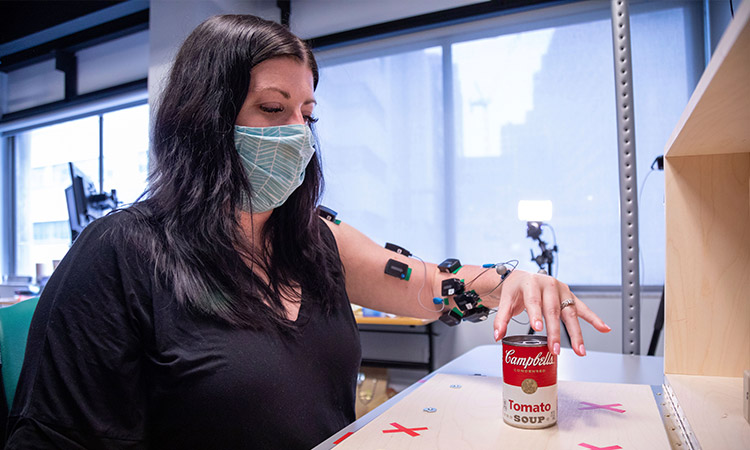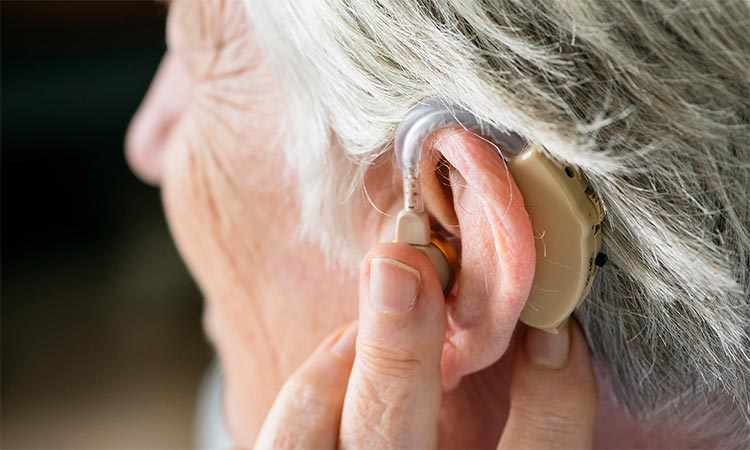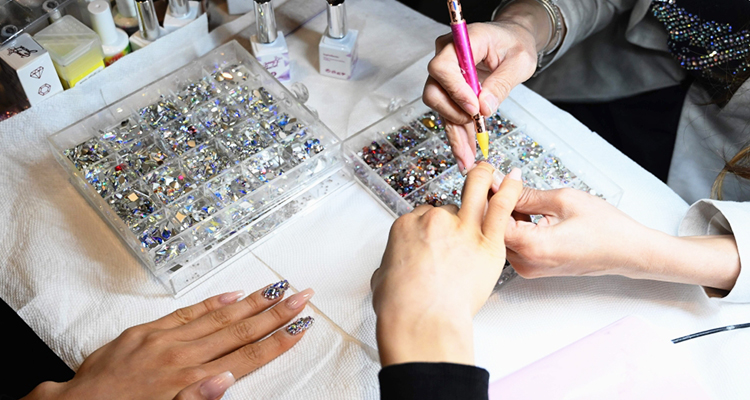Stroke: Know the signs and risk factors

Photo used for illustrative purposes.
May is National Stroke Awareness Month, which makes this a good time to learn more about the signs and risk factors for stroke.
Stroke is one of the leading causes of death in the U.S. and a major cause of serious disability for adults. More than 795,000 people in the U.S. have a stroke each year, according to the Centers for Disease Control and Prevention.
A stroke occurs when the blood supply to part of your brain is interrupted or reduced, preventing brain tissue from getting oxygen and nutrients. Brain cells begin to die in minutes.
A stroke is a medical emergency, and prompt treatment is crucial. Early action can reduce brain damage and other complications. If you or someone you know is experiencing a stroke, you should call 911 and seek emergency medical care right away.
READ MORE
A coronation sherry cherry trifle recipe fit for a king
Who is in line for the British throne
Best of the vestments King Charles's coronation clothes
Signs of stroke
To recognize the signs of stroke, remember the acronym FAST:
Face: Does the face droop on one side when the person tries to smile?
Arms: Is one arm lower when the person tries to raise both arms?
Speech: Can the person repeat a simple sentence? Is speech slurred or hard to understand?
Time: During a stroke, every minute counts. If you observe any of these signs, call 911 or your local emergency number immediately.
Risk factors
Many factors can increase the risk of stroke, including:
Age: People 55 or older have a higher risk of stroke than younger people.
Race or ethnicity: People who are African American and Hispanic have a higher risk of stroke than people of other races or ethnicities.
Sex: Men have a higher risk of stroke than women. Women are usually older when they have strokes, and they're more likely to die of strokes than men, however.
Hormones: Use of birth control pills or hormone therapies that include estrogen increases risk.
Potentially treatable stroke risk factors include lifestyle and medical factors.
Lifestyle risk factors include:
Being overweight or obese
Physical inactivity
Heavy or binge drinking
Use of illegal drugs, such as cocaine and methamphetamine
Medical risk factors include:
High blood pressure
Cigarette smoking or secondhand smoke exposure
High cholesterol
Diabetes
Obstructive sleep apnea
Cardiovascular disease, including heart failure, heart defects, heart infection or irregular heart rhythm
Personal or family history of stroke, heart attack or transient ischemic attack
COVID-19 infection
Stroke rehabilitation
A stroke can cause temporary or permanent disabilities, depending on how long the brain lacks blood flow and which part was affected. Complications can include paralysis or loss of muscle movement, difficulty talking or swallowing, memory loss or thinking difficulties, emotional problems, pain, and changes in behavior and self-care ability.
Stroke rehabilitation is an important part of recovery after stroke. There are many approaches to stroke rehabilitation. Your rehabilitation plan will depend on the part of the body or type of ability affected by your stroke.
Tribune News Service







